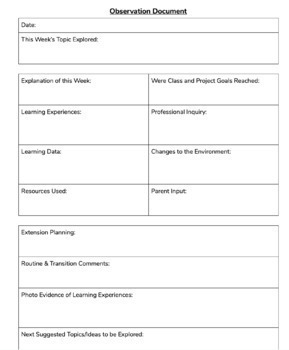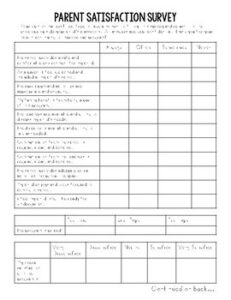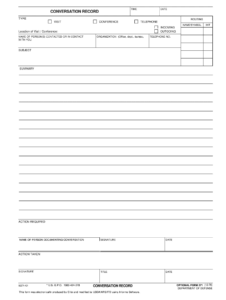Ever wonder how to truly capture the magic happening in a Reggio Emilia inspired preschool? It’s more than just snapping pictures; it’s about weaving together observations, reflections, and the children’s own voices to tell a story of learning and discovery. That’s where a good Reggio preschool documentation template comes in handy. It’s your guide, your framework, your partner in making the invisible visible when it comes to children’s learning journeys.

Think of documentation as a conversation between the children, the educators, and the environment. It’s a way to slow down, pay attention, and really listen to what the children are exploring. By documenting their processes, their questions, and their collaborative efforts, we gain a deeper understanding of their thinking and can provide richer, more meaningful learning experiences. Forget rigid lesson plans, it’s all about following the child’s lead!
This article is your compass for navigating the world of Reggio inspired documentation. We’ll delve into what makes effective documentation, why it’s so crucial in this approach to early childhood education, and how a well-designed template can make the process smoother and more insightful. Consider this your go-to guide for creating a thriving, reflective learning community!
Unpacking the Power of Reggio Inspired Documentation
At the heart of the Reggio Emilia philosophy lies a deep respect for the child as a capable, competent, and curious learner. Documentation isn’t just about recording what happened; it’s about honoring the children’s ideas, their inquiries, and their unique ways of making sense of the world. It’s a vital tool for fostering reflection, not only for the educators but also for the children and their families.
Imagine a group of children building a magnificent tower out of blocks. Instead of simply saying, “They built a tower,” documentation could include photographs of the process, transcriptions of their conversations, sketches of their designs, and the educators’ reflections on the challenges they faced and the solutions they discovered. This rich tapestry of information provides a much more complete picture of the learning that took place.
Documentation serves multiple purposes. For educators, it’s a powerful tool for ongoing assessment and curriculum planning. By carefully observing and documenting the children’s interests and explorations, teachers can tailor their teaching to meet their specific needs and extend their learning in meaningful ways. It helps us move away from pre-determined activities and embrace emergent curriculum that is responsive to the children’s passions.
For the children themselves, documentation provides a sense of ownership and pride in their work. Seeing their ideas and explorations valued and displayed validates their thinking and encourages them to continue learning and growing. It allows them to revisit their past experiences, reflect on their progress, and share their discoveries with others.
For families, documentation offers a window into their child’s world at preschool. It allows them to see the learning that is taking place and to connect with their child’s experiences in a meaningful way. It fosters a strong partnership between home and school and helps to create a supportive learning community.
Essential Elements of a Reggio Preschool Documentation Template
Creating a useful Reggio preschool documentation template involves thinking about what kind of information you want to capture and how you want to organize it. A good template will be flexible enough to accommodate different types of projects and learning experiences, yet structured enough to provide a clear and consistent framework for documentation.
First, consider including a space for basic information, such as the date, the children involved, and a brief description of the activity or project. This provides context for the documentation and makes it easier to track the children’s progress over time. This is where a template helps significantly. It provides a structure that’s easy to follow.
Next, make sure to include space for photographs or other visual representations of the learning process. Visuals are incredibly powerful for capturing the essence of the children’s experiences. Think about taking pictures from different angles, capturing both the big picture and the finer details.
Perhaps the most important element of a Reggio preschool documentation template is space for anecdotal observations and reflections. This is where you record your observations of the children’s behavior, their conversations, and their interactions with the materials. It’s also where you reflect on what you’ve learned about the children and how you can support their learning in the future.
Consider adding a section for quotes from the children. Capturing their own voices adds a powerful layer of authenticity to the documentation and provides valuable insights into their thinking. What questions are they asking? What discoveries are they making? What are they saying to each other?
Finally, think about including a space for next steps. Based on your observations and reflections, what are some possible directions for future learning? How can you extend the children’s explorations and deepen their understanding? A Reggio preschool documentation template helps to guide these considerations, so you can have a framework to build on.
Ultimately, effective documentation is a journey of discovery for both the educators and the children. It’s about slowing down, paying attention, and truly listening to the voices of the children. It is through this process of careful observation, thoughtful reflection, and collaborative inquiry that we can create truly meaningful and transformative learning experiences. The best template is one that makes this process accessible, sustainable, and inspiring for everyone involved.
By embracing documentation, we create a culture of learning that is responsive, reflective, and deeply respectful of the child’s innate capacity for wonder and discovery. It requires patience, a willingness to learn alongside the children, and a commitment to honoring their unique ways of making sense of the world. A thoughtful Reggio preschool documentation template can be the starting point for this commitment.


